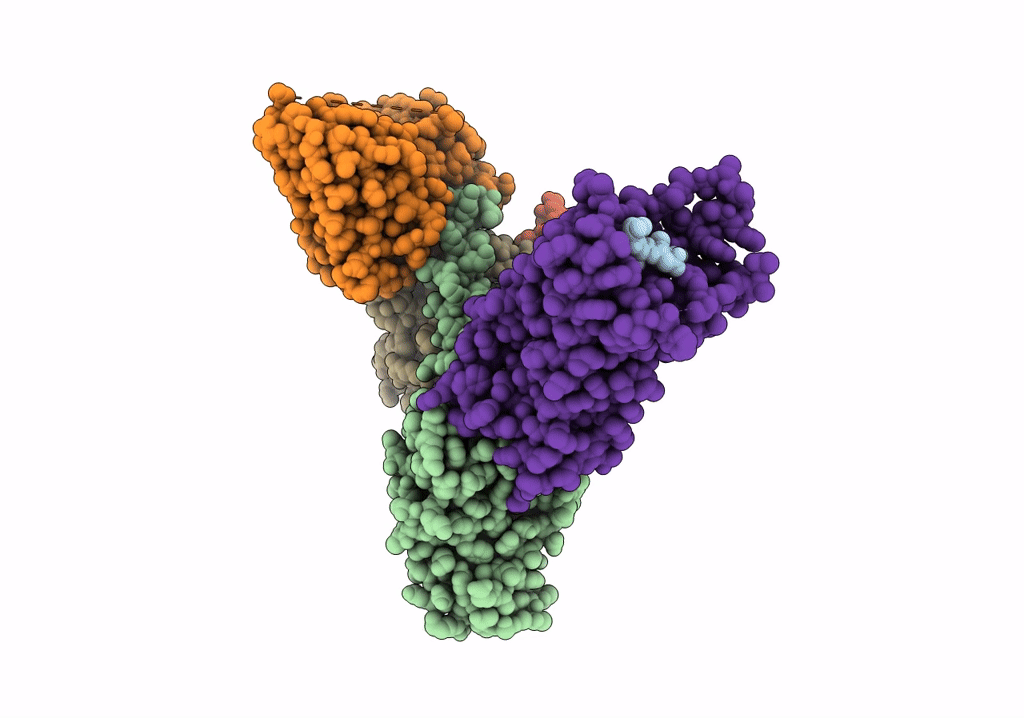
Deposition Date
2021-09-18
Release Date
2021-11-17
Last Version Date
2025-06-04
Entry Detail
PDB ID:
7S8M
Keywords:
Title:
CryoEM structure of Gi-coupled MRGPRX2 with peptide agonist Cortistatin-14
Biological Source:
Source Organism:
Homo sapiens (Taxon ID: 9606)
Mus musculus (Taxon ID: 10090)
Escherichia coli (Taxon ID: 562)
Mus musculus (Taxon ID: 10090)
Escherichia coli (Taxon ID: 562)
Host Organism:
Method Details:
Experimental Method:
Resolution:
2.54 Å
Aggregation State:
PARTICLE
Reconstruction Method:
SINGLE PARTICLE


